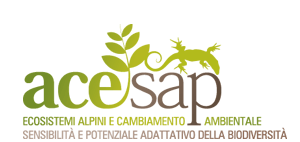| The Chironomus riparius gene sequences encoding ribosomal proteins L11 and L13 were characterized and their expression analysed during development, and under different types of cellular stress. A comparative and phylogenetic study among different orders of insects was carried out by analysis of sequence databases. L11 is highly conserved, both at the level of DNA and protein, and it shares over 90% amino acid identity with homologous sequences from other insects. Interestingly, the changes are mainly concentrated in the C-terminal domain of the protein. Conversely, L13 shows a lower degree of homology, around 60% amino acid identity, and the changes were dispersed throughout the length of the polypeptide. Surprisingly, when comparing L13 nucleotide sequences, only a very low or no homology was found even among diptera. These results are helpful for defining the structural and, therefore, evolutionary constraints of these proteins. Studies of gene expression by RT-PCR showed that they are differentially expressed in distinct stages of development. Both L11 and L13 were significantly up regulated during embryogenesis. The expression profiles of the transcripts were also analysed after a general stress, such as heat shock, as well as after a specific stress, such as acute cadmium treatment. In both conditions, no significant differences to controls were detected in L11 and L13 transcripts, in spite of the drastic changes observed in the stress-induced gene HSP70, and the inhibitory effect on rRNA transcription. These data confirm that both genes are equally robust against harmful environmental conditions, suggesting that they could be used as a control for environmentally responsive genes in Chironomus. Overall, our results show a coordinated expression of both the L11 and the L13 genes, but not a coordinated regulation of rRNA and ribosomal protein production. |






